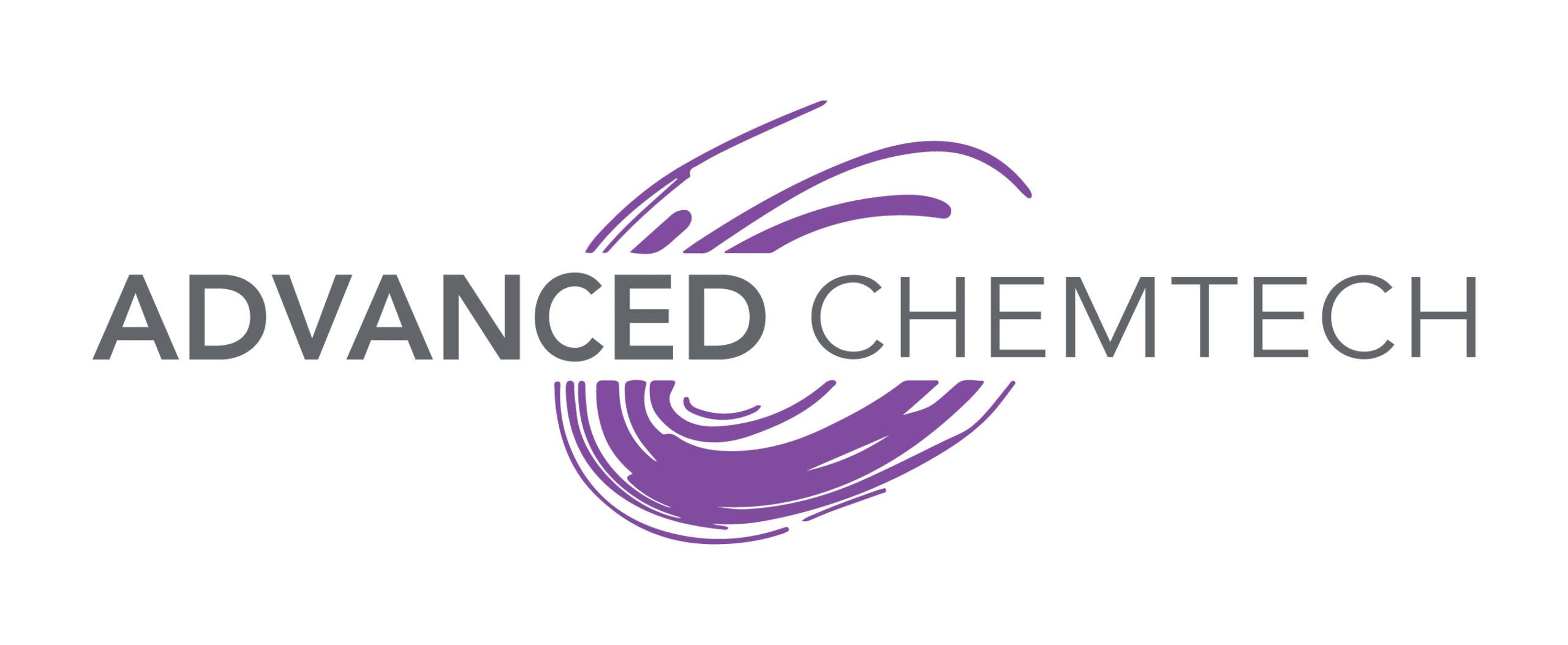There’s never been a better time to be alive – there are thousands of prescription drugs and medications to improve life-span, life quality, and, more recently, provide protection against deadly diseases.
According to Drug Bank online, there’s a total of 14665 drugs TOTAL in the world. This includes prescription drugs, illicit drugs, and everything in-between. That’s a lot of medication. Like a whole lot.
But with so many drugs, how many drugs are discovered each year? The U.S. Food & Drug Administration reported 53 novel drugs to be discovered in 2022 alone. And throughout 2010 to 2019, there were a further 38 drugs approved, with a peak of 59 approved in 2018.
With drug discovery and approval more efficient than it’s ever been, we’re living in a time where almost any disease can be cured, and if not, it’s certainly in progress.
So, with this in mind, this blog post will discuss more on how new drugs are developed, the approval process, animal and clinical trials, and more.
How are new drugs developed?
Many pharmaceutical companies create new drugs – each day, new variants are created to treat all kinds of diseases, infections, and inflammation. But only a small portion of these newly developed drugs actually make it to market.
All drugs must go through a thorough testing process – approved by a team of CDER (Center for Drug Evaluation and Research) physicians, statisticians, chemists, and other scientists. Upon evaluation, if the drug is perceived as safe, the benefits of the drug outweigh potential side effects, and there is no bias, then the drug is approved for the next phase of testing.
Testing on animals in the laboratory
Once the drug has been approved by the CEDR, it’s still not safe to test directly on humans.
Instead, the drug is tested on animals in a laboratory to discover how the drugs work, how they would affect humans, and if any other potential side effects are made evident.
If this stage is successful, with the drug showing positive results (or minimal to no side effects), then human trials can begin.
Human trials are when the process really starts to get interesting – it’s safe to begin, and the drug can show the many benefits it offers.
Human trials
A small group of people are then selected to test the drug.
Often, the drug will be given randomly to half of the group, with a placebo given to the other half.
All participants think they have the new drug – this allows scientists to monitor the effect of the drug, seeing if it actually works. (This isn’t always the exact process, but it’s a widely used procedure).
Anyways, if the human trials are successful, then the drug is then rolled out to a larger population sample.
This pattern continues until the drug is widely available.
It’s important to mention that the FDA monitors the whole process and, at the end of the development cycle, conducts a review and determines whether or not the drug should be introduced to the wider market and population.
Thorough testing is essential throughout the entire process – a new drug must be safe, and after being released, if it’s not safe, it is withdrawn immediately. Although, it usually doesn’t get to that stage (thankfully!).
Without such an advanced testing process, the quality of medication would not be anywhere near as effective as it is. Furthermore, there could be hidden side effects and other adverse effects many people would be unaware of. The testing process is key!
New drugs are discovered every week
New drugs are discovered each week by pharmaceutical companies all over the globe.
But out of those new drugs, only a small percentage of these are actually approved by the FDA.
Each drug must go through an intense testing process, from the lab to animal and clinical trials followed up with an in-depth review by the FDA.
While the process is strict, it ensures all drugs provide the maximum benefit with minimal to no side effects.
Image the chaos if all drugs were approved without thorough testing?
To read more articles like this, check out our blog.
